Affiliate links on Android Authority may earn us a commission. Learn more.
Google's vision for VR: bringing high-end VR to the masses
Published onMay 19, 2016
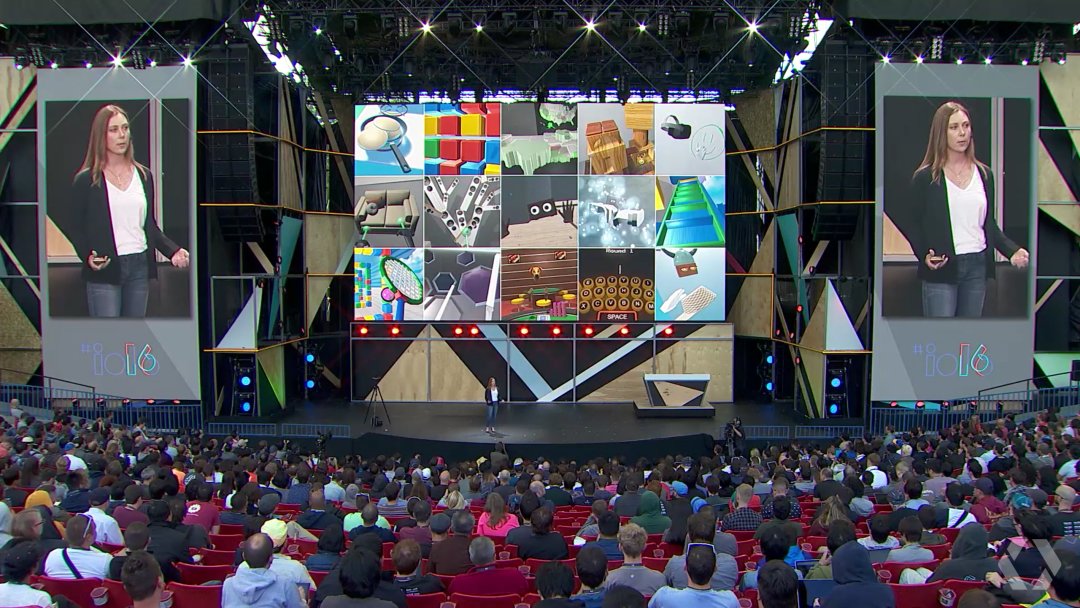
With Daydream VR finally out in the open, Google’s vision for virtual reality is slowly coming into focus. What Google is aspiring to do with Daydream shouldn’t come as much of a surprise: Google wants VR to be high-quality, affordable and mobile.
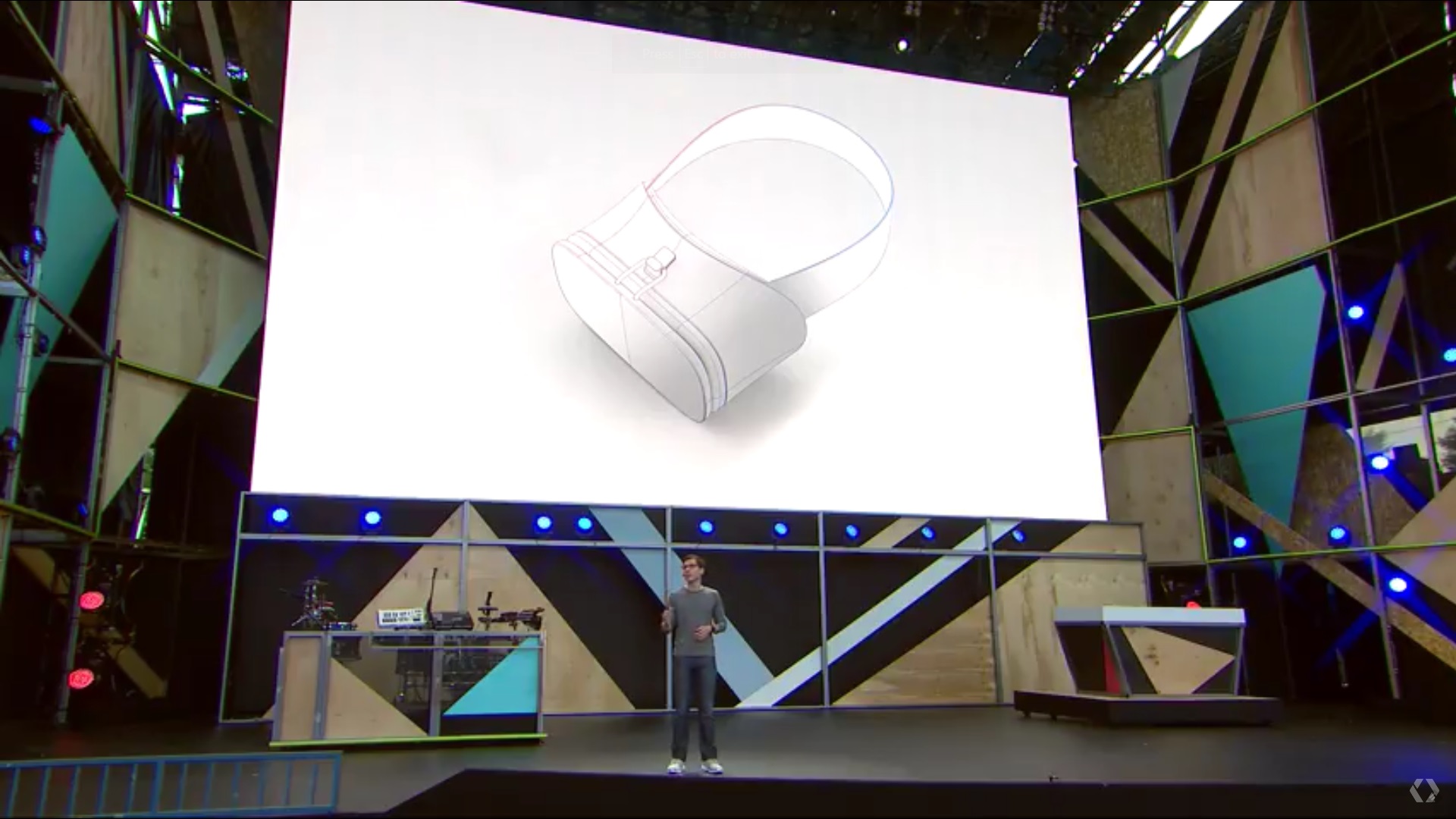
One of the key terms coming up in Google’s talks on Daydream is “presence”. Presence is what stops VR users from wanting to step off the high diving platform in a VR environment. When the experience is that immersive and seamless, you really get the sense of being there. But this is a quality usually reserved for high-end VR platforms with cutting-edge technology and expensive buy-in.
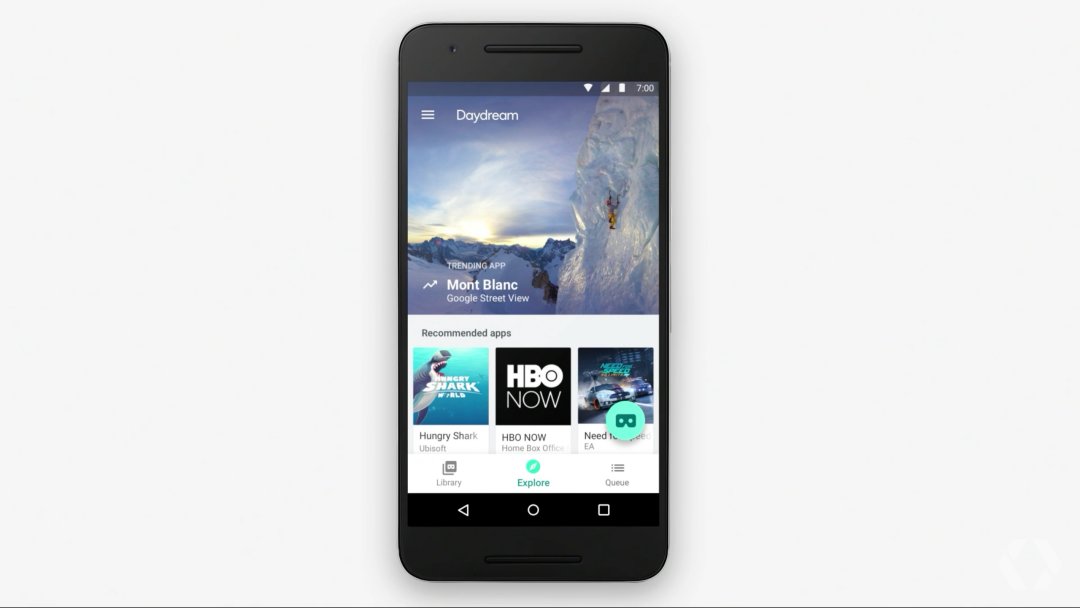
Instead of taking on the likes of the Oculus Rift or HTC Vive at their own game, Google is rewriting the rules: by following up its successful Cardboard experiment with an expansive and affordable VR platform and device spec that both Google and third-party manufacturers will design for. “Daydream-ready” devices will begin appearing later this year, with minimum hardware requirements and software optimized specifically for VR.
“Daydream-ready” devices run minimum hardware requirements with software optimized specifically for VR.
Android N’s VR Mode is the backbone of everything to come. It will provide a sustained performance mode for chipsets, sub-20ms latency on mobile, head-tracking algorithms, controller support and the ability to render incoming calls and messages in stereo VR. Google has already shown us peeks at how some apps like YouTube will look in Daydream, as well as demos of Unreal Engine 4 games and the scope of controller dynamics.
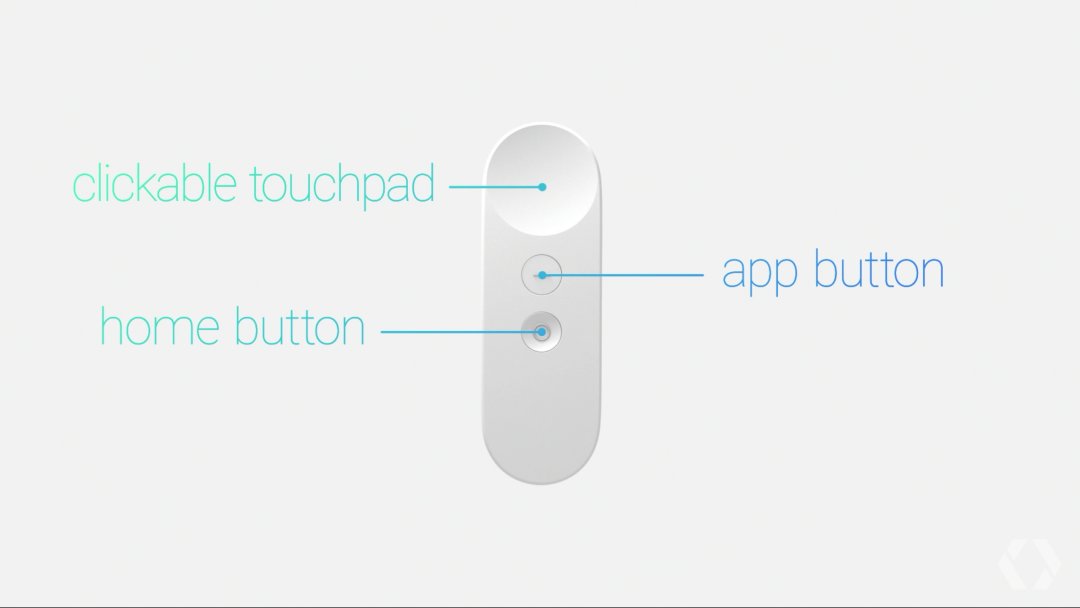
What these previews tell us is that Daydream VR is all about bringing the best parts of high-end VR to the mainstream mobile audience. This is a theme we’ve seen repeatedly at I/O. Like seamless updates from Chrome coming to Android or Android apps coming to Chrome OS, Google wants to combine the best parts of Cardboard – like affordability and ease of use – with the high-end benefits of headsets like the HTCVive or Oculus Rift.
Daydream is all about bringing the best parts of high-end VR to a mainstream mobile audience.
What this means for all of us is that with Google’s help we won’t have to fork out $1000 on a VR-ready PC or drop $700 on a high-end VR headset. Instead we’ll get a similar experience to a flagship VR unit for a lot less outlay. It’s basically the Nexus approach to VR. In terms of quality, it looks even better than Gear VR and will work with any Daydream-ready device. Plus, Daydream apps will be available directly through Google Play.
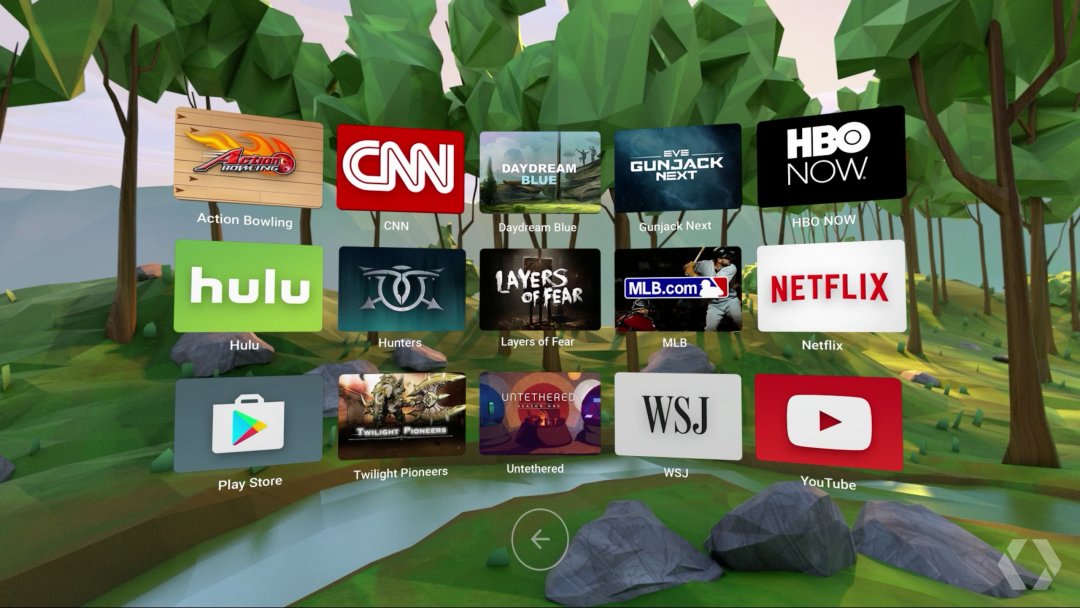
Once again Google is attempting to bridge the gap between the low and high end and bring a premium experience to the masses. For a division that’s barely a few months old, Google VR is already delivering on some pretty important promises. With VR baked into Android and multiple VR-ready devices on the horizon, VR really is going mainstream this year, and not just on the high end.
What are your thoughts on Daydream VR? Will you buy a Daydream-ready device?
Check out more coverage from Google I/O 2016.